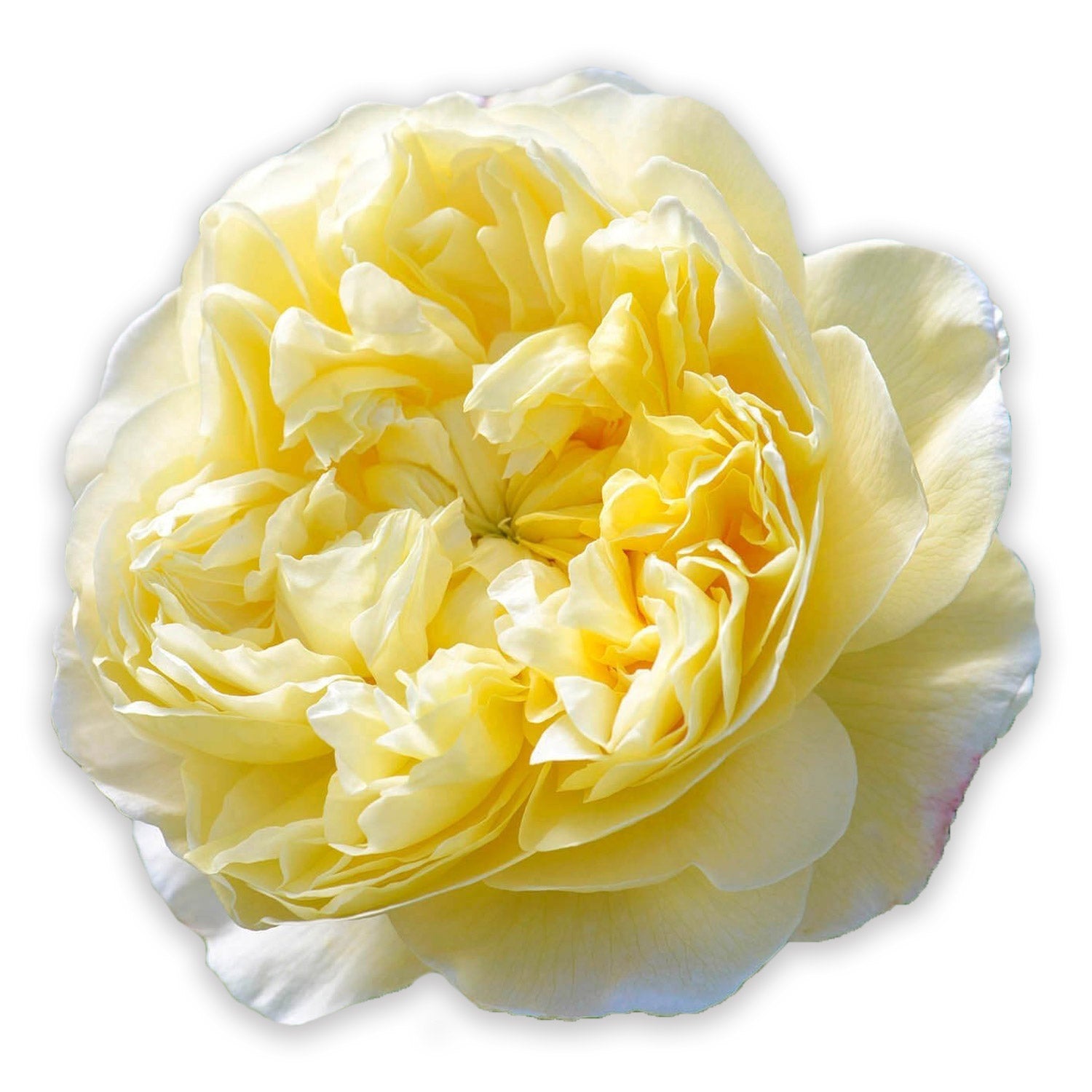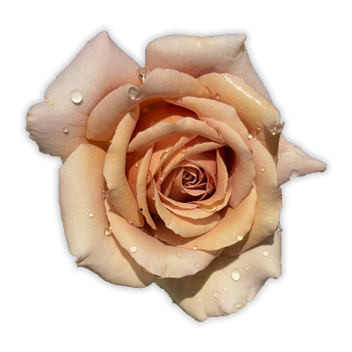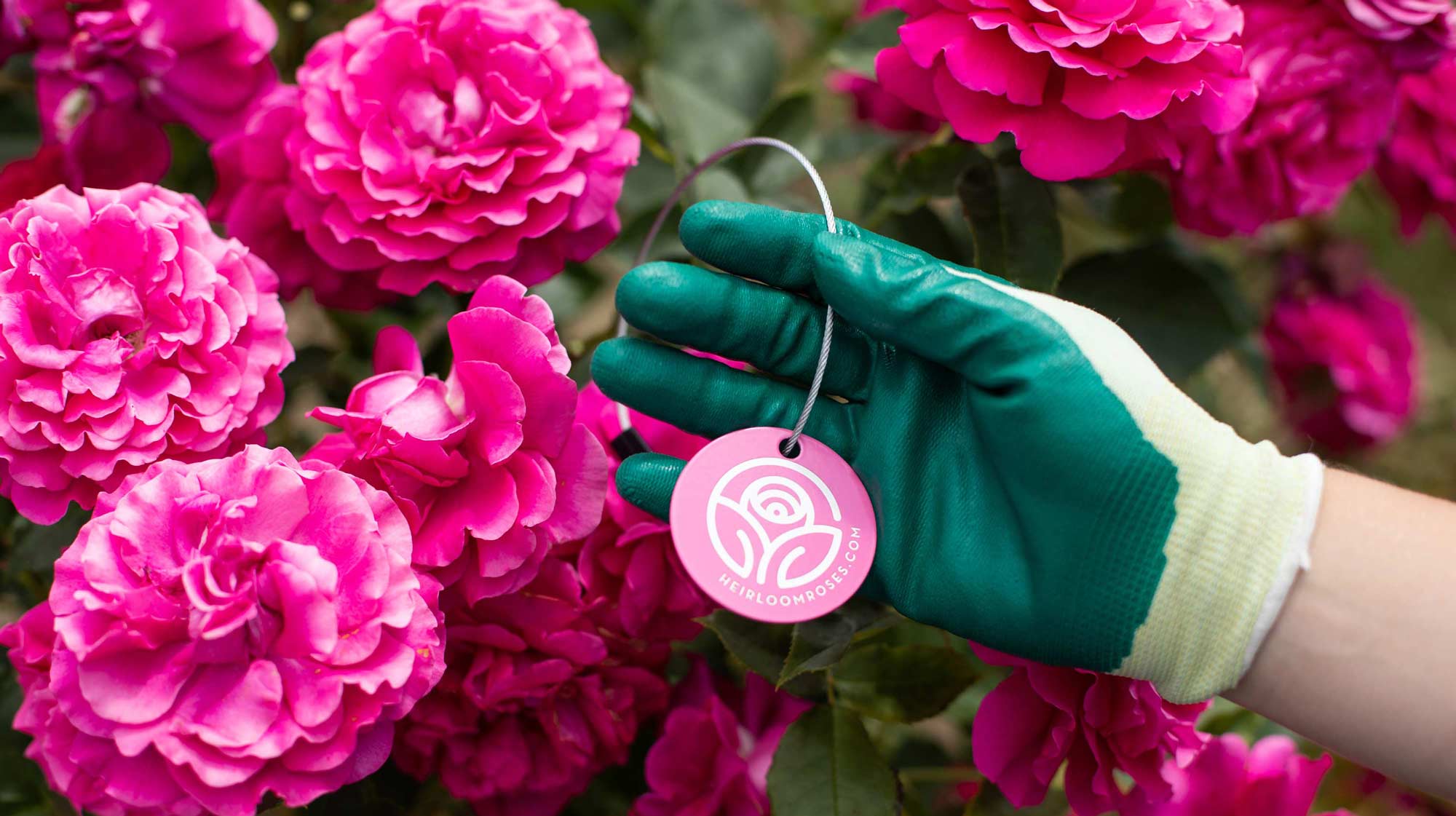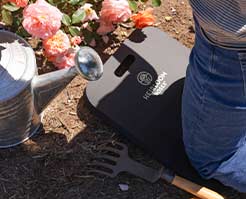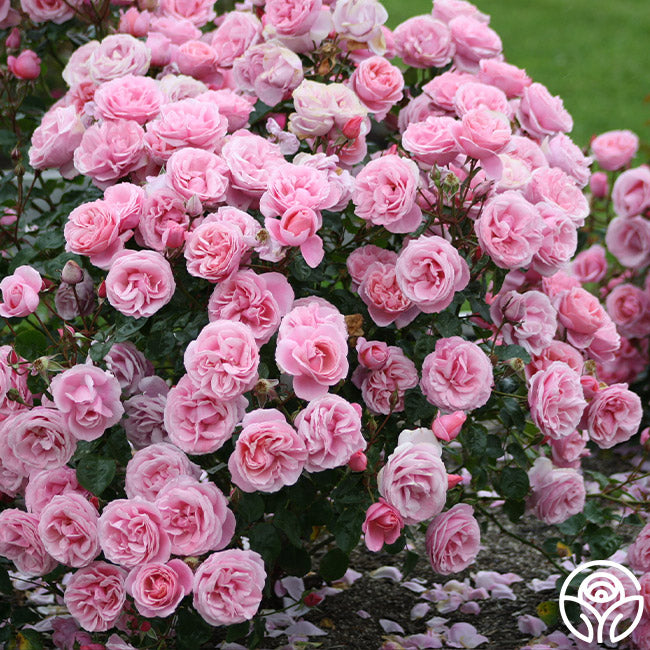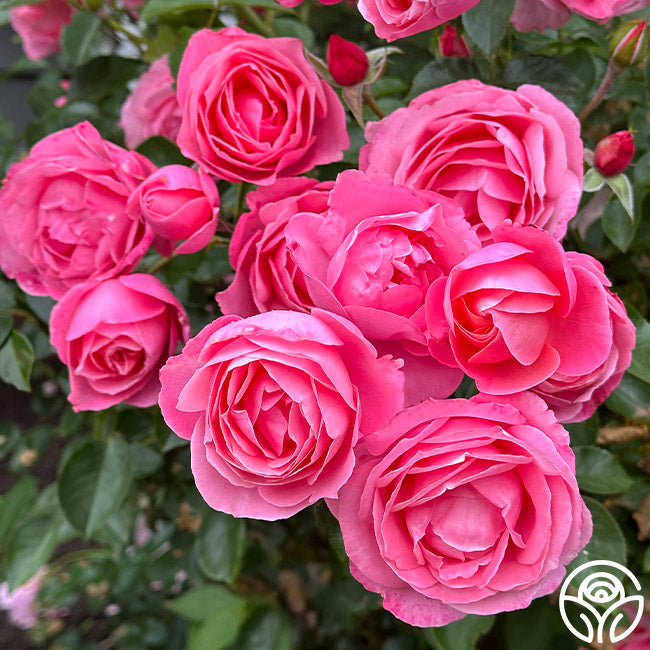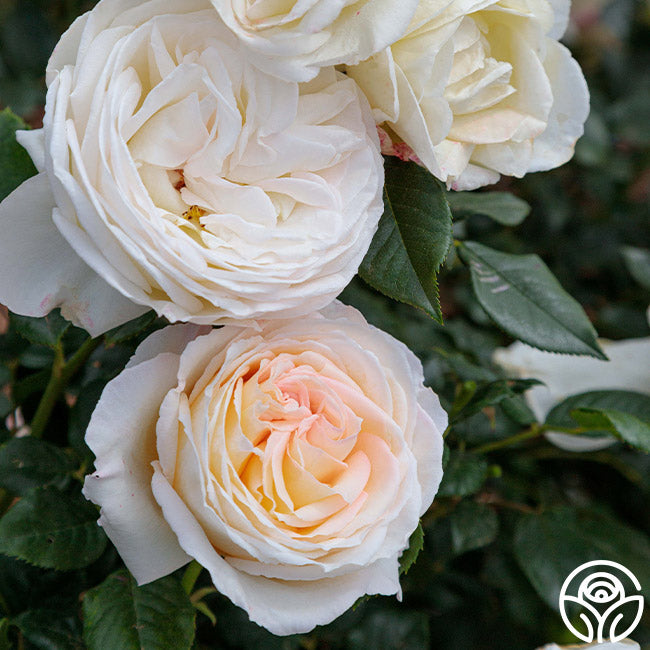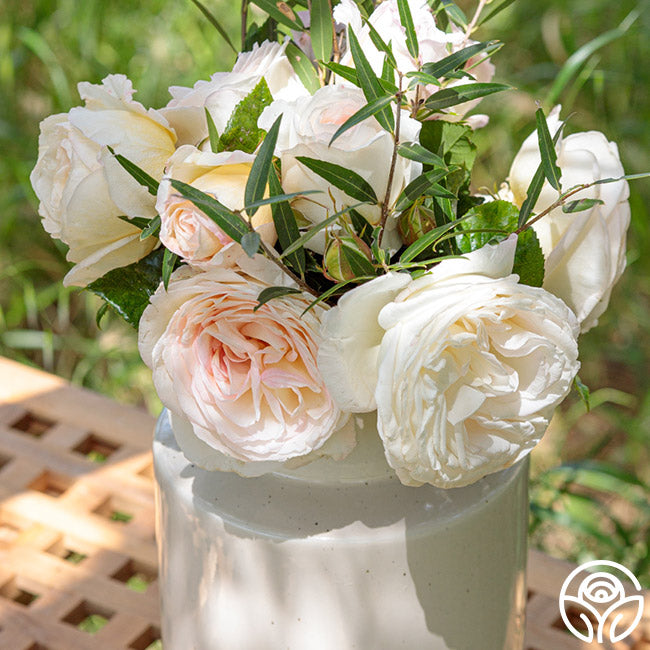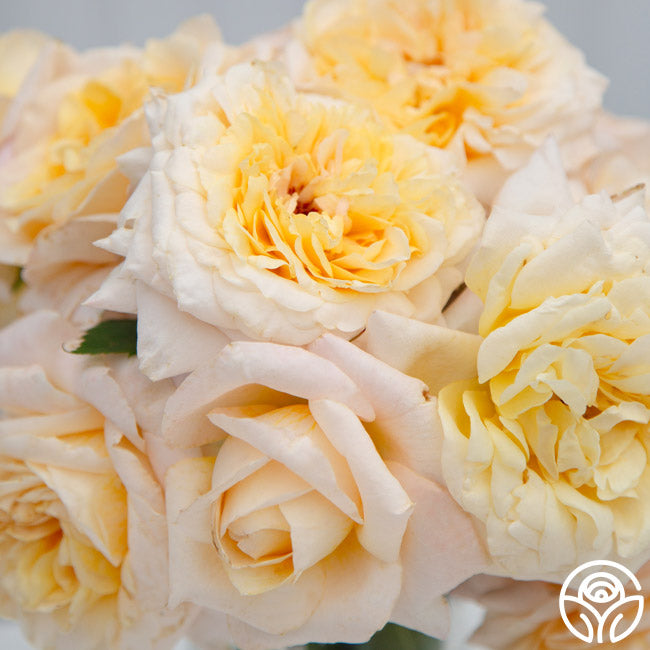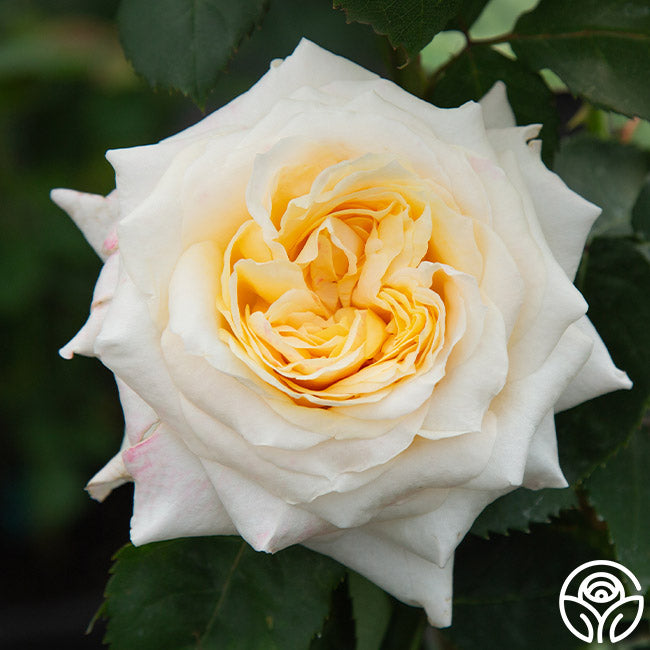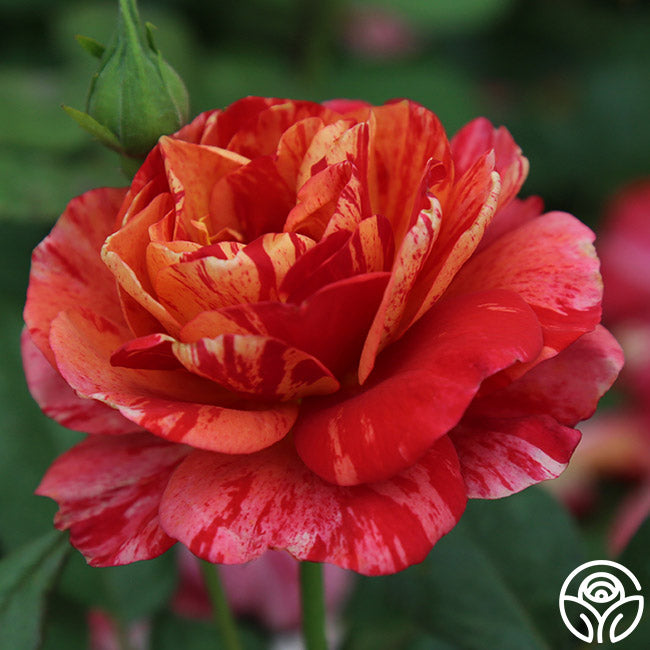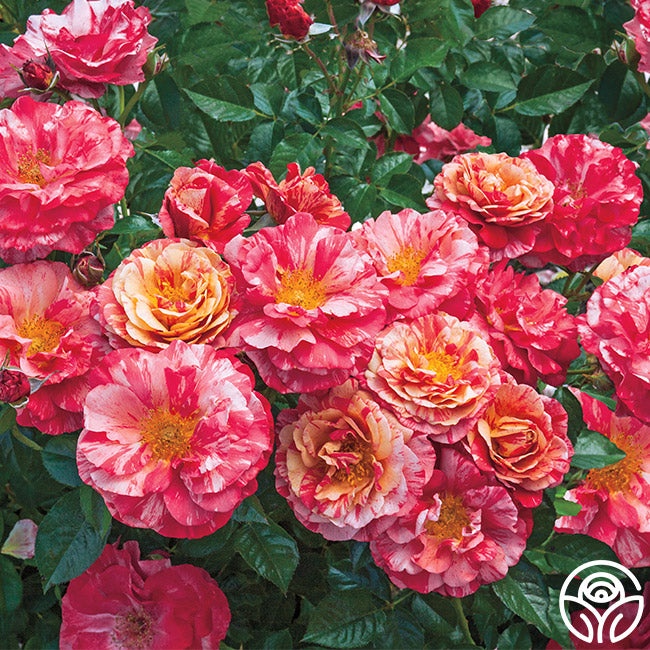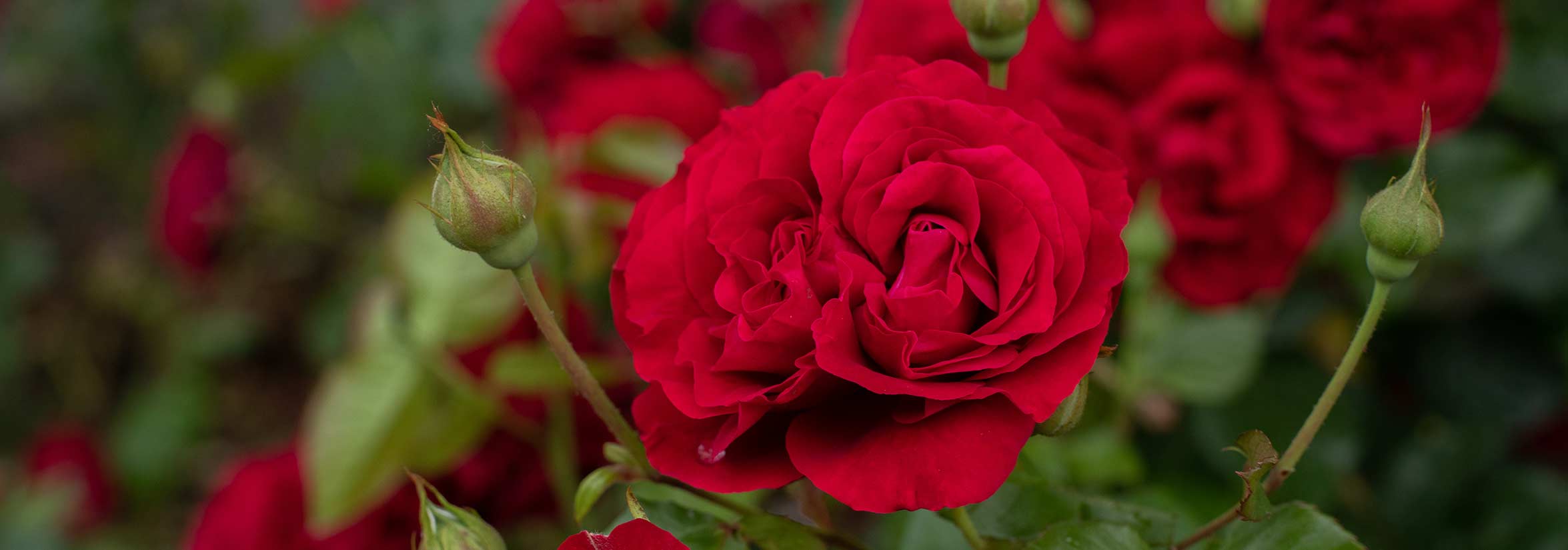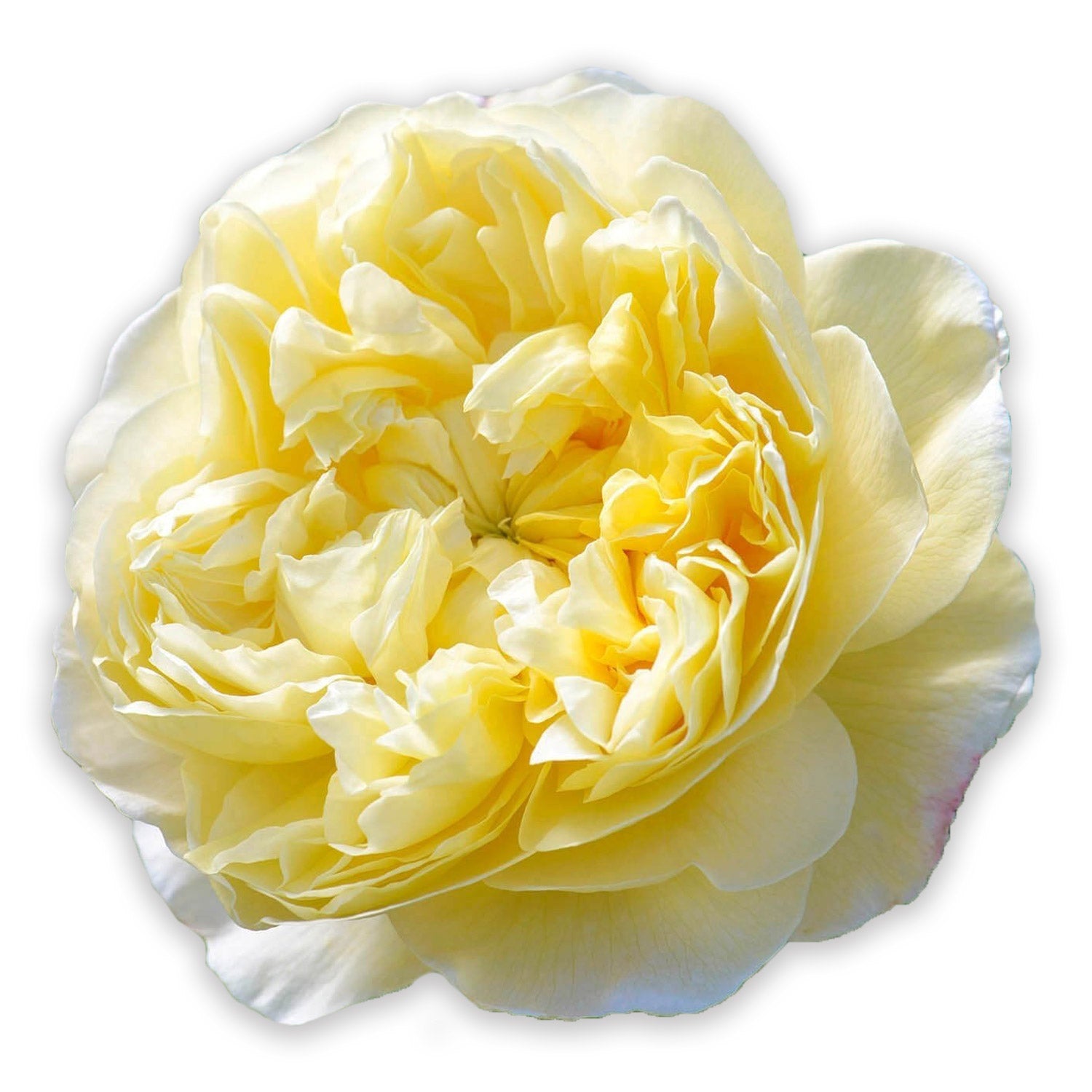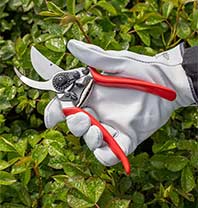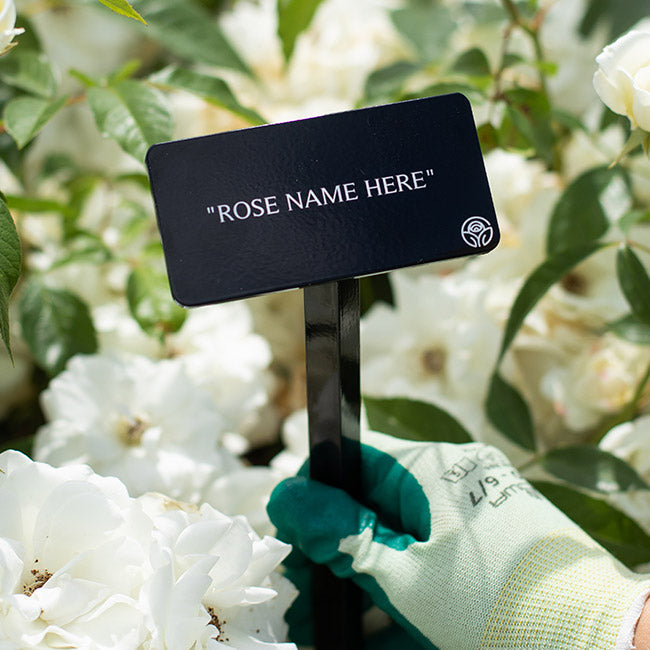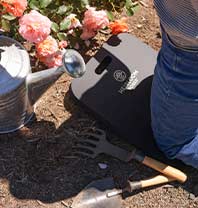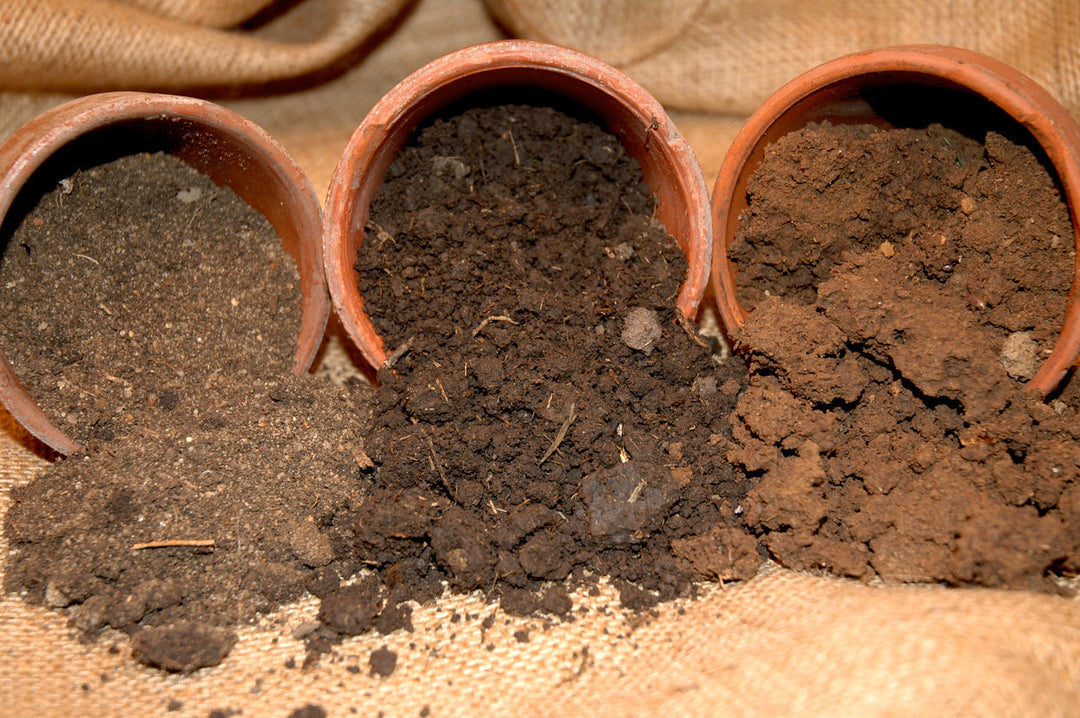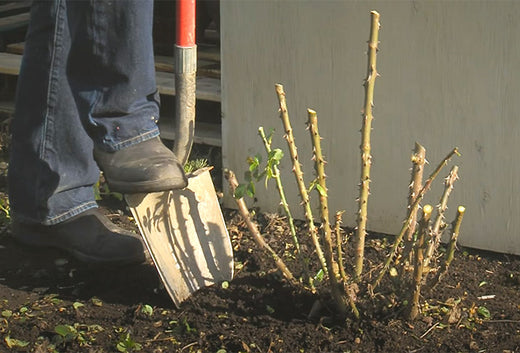Discover the Top 10 Tips for Training Climbing Roses
Training climbing roses can be a rewarding experience for any gardener. With the right techniques, you can ensure that your roses grow healthy and strong, producing beautiful blooms year after year. Here are the top 10 tips for training climbing roses:
1. Understand the Size and Shape of Each Rose
Before you start training your climbing roses, it's important to understand the size and shape of each variety. Some roses may grow tall and upright, while others may have a more sprawling habit. The filter options on our website help you determine the height of each variety of climbing rose, making it easier to plan your training strategy based on what you have available in your outdoor space.
2. Provide Adequate Support
Climbing roses need a sturdy support structure to grow properly. Install a trellis, arbor, or fence for your roses to climb on. Make sure the support is strong enough to hold the weight of the mature plant and withstand strong winds.
For those with a fence, wall, shed, or stable structure, you can use the Heirloom Roses' Cable Trellis to train your climbing rose.
3. Prune Regularly
Pruning is essential for training climbing roses. Remove dead or diseased wood, as well as any crossing branches. Pruning helps promote air circulation and encourages new growth.
4. Train Young Canes Horizontally
When training young canes, try to bend them horizontally along the support structure. This encourages lateral growth and more blooms along the length of the cane. Secure the canes in place with soft ties to avoid damaging the plant. For recommendations for climbing rose ties, try our LoopLock Garden Ties.
5. Tie Canes Loosely
When tying canes to the support structure, make sure to do so loosely. This allows room for growth and prevents the ties from cutting into the plant. Check the ties regularly and adjust as needed.
6. Mulch and Fertilize Regularly
Keep the base of your climbing roses mulched to retain moisture and suppress weeds. Fertilize your roses regularly with a balanced fertilizer to promote healthy growth and abundant blooms. Two key recommendations would be Founder's Fish Fertilizer for fertilizing the rose plant and Mint Compost for an all natural mulching option.
7. Water Deeply and Consistently
Water your climbing roses deeply and consistently, especially during hot and dry periods. Aim to keep the soil evenly moist but not waterlogged. Consider installing a drip irrigation system for efficient watering.
8. Monitor for Pests and Diseases
Regularly inspect your climbing roses for pests and diseases. Treat any issues promptly to prevent them from spreading to other plants. Consider using Beneficial Insects to provide all natural pest control methods. If more hands on treatment is required, we also have a treatments page with recommendations for specific concerns.
9. Deadhead Spent Blooms
Remove spent blooms from your climbing roses to encourage new growth and prolong the blooming season. Deadheading also helps maintain the plant's overall appearance and prevents the formation of hips.
For pruner options, click here.
10. Enjoy the Beauty of Your Climbing Roses
Remember this with Climbing roses: The first year they sleep, the second year they creep, and the third year they leap! Growing picturesque Climbing roses takes patience, but it's worth the wait when your garden bursts with stunning blooms. Savor the journey and cherish each blossom along the way. And of course, show off your masterpiece to your friends and fellow gardeners!






